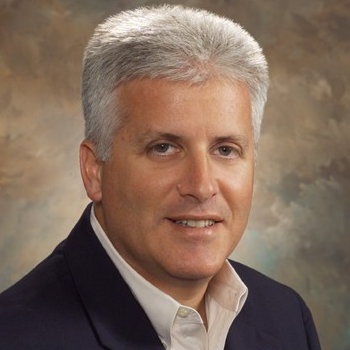HP’s TouchPad Play Is To The Enterprise

HP will draw on its business user base to help its TouchPad tablet challenge Apple in the enterprise, says Bill Wohl
Continued from page 2
“We don’t think at the moment there is a serious player who can penetrate the business market the way HP can,” said Wohl. “We have 25,000 commercial sales people on the street. That is an enormous channel, ready to reach the commercial space, that none of the players involved in Apple or Android can bring to the party.”
That got some sceptical comeback from the journalists, who said this sounds similar to what Nokia and RIM have said in the past – neither of which have done massively well.
but Wohl also talked up the tablet’s security features, though disclaiming any ability to understand the technological details. “We have really designed this with a heightened sense of security on the inside, so we come at this from the same angle as IT managers.”
In particular, with rampant consumerisation underway, IT people have to find and support devices on which users can combine their work and personal lives, without creating a threat to the company – something he says the TouchPad can do.
It is also manageable, he says. “This device can be managed over the air, with software updates, so CIOs can keep them up to date.”
WebOS on everything
Wohl spelt out a vision for HP’s WebOS on multiple devices, including PCs and printers, saying “we think that will provide users a common user interface across a variety of devices,” though with not much detail about what users can do that is common across PCs, printers and tablets.
“A user can approach any WebOS PC, any WebOS printer, any WebOS tablet, in the world and access their content,” said Wohl. “That kind of service seems to be the greatest potential for the cloud.”
“One of the things we know developers are looking for when they get into an ecosystem is what kind of eyeballs they can get in front of,” he said, adding that HP sells 100 million devices a year, including low-cost printers. Since WebOS will be on all printers costing more than $99, and also on all HP’s PCs, users could see a lot of it.
Of course, WebOS will only be an overlay on top of the PC. “When we first started talking about WebOS on PCs, there was coverage that this was a threat to Microsoft, but we have an open dialogue with them. We dont intend to stop shipping Wintel PCs,” said Wohl. “WebOS will sit on top of Windows and will be a user experience the user can choose.”
Again, though, we asked, one operating system on several screens is exactly what Wiundows 8 is promising. Why should users choose to use the WebOS overlay? And can one brand build a big enough ecosystem to go across those three screens?
“You can take a glass half empty view of the world,” said Wohol. “We prefer a glass half full view.”
Wohl admits that HP has a good deal to catch up – and promised that future versions of the TouchPad that include 3G data would come soon (though he believes Wi-Fi already makes up most of people’s communications needs). And he said his battery life – one of the things for which the TouchPad has been criticised – is around two days with moderate use.
Is Wohl’s confidence justified?
 All in all, he exuded confidence, and did his best to make us believe that the TouchPad can fly, with the help of HP’s loyal business sales people and its enterprise customers. At least until we encountered the incredibly poor Russell Brand adverts for the device – calculated to alienate consumers and business people alike. The advert is as bad as some of Apple’s worst productions in the past, but this may not be a good area to mimic Apple.
All in all, he exuded confidence, and did his best to make us believe that the TouchPad can fly, with the help of HP’s loyal business sales people and its enterprise customers. At least until we encountered the incredibly poor Russell Brand adverts for the device – calculated to alienate consumers and business people alike. The advert is as bad as some of Apple’s worst productions in the past, but this may not be a good area to mimic Apple.
I’m sure, though, that Wohl will clock that up as one more thing to overcome. After all, his glass is half full, not half empty.